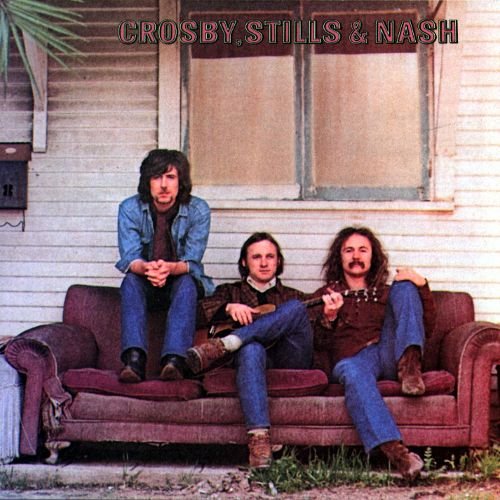Song Building 101 (Lesson one}
The first things that you need to build a song is a chord progression, a melody and some lyrics. Not necessarily coming about in that order, I find that these things just kind of assimilate themselves.
Sometimes I'll be working on a musical idea and a chord progression evolves from that, and then the lyrics will just come to me out of left field. Other times, I'll have a lyrical idea and then search for the music to go with it.
A few weeks ago I was in San Carlos, Mexico on rotation from my day job. Creative inspiration is facilitated at times when you are in a relaxed state and nothing could be more relaxing that a great view with the laid back ambiance of a small seaside town.
I had already been working on a jazzy chord progression that had a Latin groove to it so all I needed were some lyrics to go with it and from that a melody would evolve.
I've been following Larken Rose's work for several years and I've read his book "The Most Dangerous Superstition" and I've seen him speak on at least two occasions. I think that I must have been viewing a recent video that Jeff Berwick published of an interview that he did with Larken and they were discussing Larken's plans for his "Candles in the Dark" tour. I found myself thinking that it would be a great title to a song, so I proceeded to write some lyrics that would fit in with what both Jeff Berwick and Larken Rose are trying to accomplish.
The lyrics and chord progression evolved over my six day rotation in San Carlos, after a few more edits were made.
A week or so later I managed to book a recording date at The Congress House Studio in Austin, Texas for November 8, 2017.
We started the session with a photo shoot for my second album. My graphic artist, Emily (a musician and songwriter as well) came by and took a few photos of me, my producer (Mark) and recording engineer (Andre) on the front porch of the studio (The title of the album is going to be "Front Porch Songs").
Mark came up with the idea of replicating the cover of an old Crosby, Stills and Nash cover photo, shown below.

A few days later, Emily sent me a proof set. Here are a few of the photos from that session, the first being the CSN replication.
Above, from left to right: Mark Hallman (Producer), Robert Nathan (Artist), Andre Moran (Sound Engineer).
So some how Emily will take these and a few others and come up with a CD jacket design. The cover will have this artwork (shown below) by my friend eRic Luplow, who had his art featured on my first album cover.
But I digress, we were talking about song building.
The next thing we do in the studio is that we come up with a click track that I can play to. The click track is like the grid that the Architect uses to lay out a building stricture. He'll have some sketches to start out with, but eventually he has to put it in a language that the contractor can understand.
So, I strum a few chords and Mark and Andre put together a series of beets on a track in Pro Tools music software that I can play along with. For this particular song, I already had a song that's going to be on my second album. It too has a Latin beat and the BPM (beats per minute) was almost identical to what I was playing. So we borrowed that drum track and Mark made a few modifications in order to make it fit with my chords and there you have it...drum work done, almost. Later we added a few other percussion instruments to the mix.
So here's a video of me building the pilot rhythm track. Since the audio feed on the camera wasn't plunged into the "talk back" channel in the control room or the drum channel, all you'll hear is my side of the banter. This is kind of a long video, but this is what it takes to do a good rhythm track. There's a part of this video where I sing a scratch vocal track in order to help me fit the guitar part together on subsequent takes. The final vocal tracks are done at a different station in the studio with an entirely different mic setup. I didn't film those takes.
One of the great things about the recording process these days is that you can do as many takes of any given part of a piece of music until it's played correctly.. In this case, I was struggling with the outro part on the rhythm track for some reason, even though I had practiced it many times before this session.
Here's a clip from that part of the session:
In the next lesson, I'll cover over dubbing, the process where other instrument sounds are added to the rhythm track.
In the meantime, please take a minute to check out my music at these sites:
https://store.cdbaby.com/cd/robertlindsaynathan2
https://robertlindsaynathan.bandcamp.com/releases
And here are a few more links for the people involved in my project.